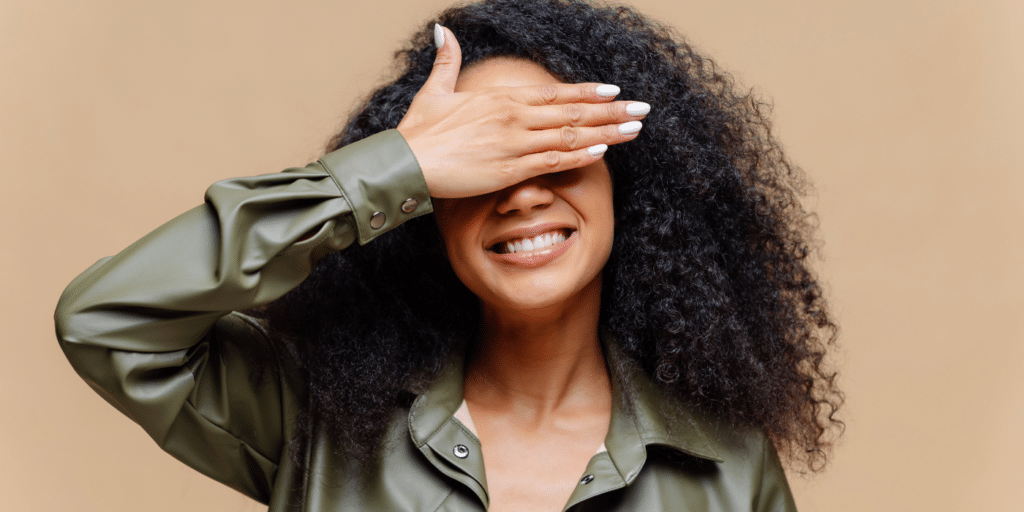
The Complete Guide to Styes
You’ve probably heard of styes before. But how can you be sure if your bothersome eye is because of a stye?
First, let’s define a stye. A stye, medically known as a hordeolum, is a small, red, tender, sometimes painful lump that forms on the edge of the upper or lower eyelid.
Styes are caused by either an infection in the root of an eyelash or an infection in the oil-producing gland in the eyelid.
Throughout the rest of this post, we’re covering everything you need to know about these pesky eyelid lumps, from how to figure out if you have a stye to how to treat a stye.

What are the signs and symptoms of a stye?
The most common symptoms of a stye can include:
- Redness
- Tenderness
- Swelling
- Scratchy sensation
- Light sensitivity
- Tearing
- Eyelid crusting
There’s no need to fret if you see signs of a stye. They’re surprisingly more common than you may think.
Who is at risk for styes?
Styes don’t discriminate between different ages or demographics. In fact, according to The National Library of Medicine, “Every age and demographic is affected although there is a slight increase in incidence in patients ages 30 to 50.”
In short, anyone can get a stye, but you’re more likely to get one if you have:
- Blepharitis, an inflammation condition of the eyelids
- Had a stye before
- A skin condition, such as rosacea or seborrheic dermatitis
- Diabetes or other medical conditions
There are, however, precautionary measures you can take to prevent styes.
How can I prevent styes?
Styes happen. But we have some tips to prevent them from popping up in the first place.
The number-one, best thing you can do is to keep your hands clean. Wash them regularly! But even when you think you have clean hands, try to avoid touching your eyes and face as much as possible.
Our next top tip is to keep your face and eyelids clean. You can do this by washing your full face each morning and night with gentle soap and water.
Here at Monocle we even recommend being as thorough as washing your actual eyelids. Ocusoft Eyelid Cleanser is our favorite daily gentle cleanser for preventing styes.
In the name of keeping our eyes clean, we also recommend that you replace eye makeup regularly.
We’re willing to bet you’ve had some eyeshadow that you might need one day, sitting at the bottom of your makeup bag or drawer for a while now.
But did you know that eyeshadow only has a lifespan of two years? Powders should be replaced every two years, while cream versions should be replaced every year.
Mascara has an even shorter lifespan and should be replaced every six months.
But the award for shortest lifespan goes to liquid eyeliner. Be sure to replace your liquid eyeliners at least every three months.
For those who want to be extra cautious, here are some other things that can help prevent styes:
- Don’t rub your eyes. This can irritate your eyes and let in bacteria that might be lingering on your hands or under your fingernails.
- Protect your eyes from dust and air pollution. You can do this by wearing safety glasses when you do dusty chores like sweeping or dusting.

How long will a stye last?
Although they can be unsightly and a bit uncomfortable, styes are generally harmless. They typically go away on their own in 1-2 weeks’ time.
But there are some treatments you can do at home to help remedy the discomfort of the stye and help them go away sooner.

How can I treat a stye?
You might be wondering if you can treat a stye at home. And the answer is, sometimes.
There are some things you can do to slow or stop the spread of the stye, including:
- Apply a clean, warm washcloth over the eyelid for about 10 minutes, 3 to 5 times a day. We recommend using Bruder Moist Heat Eye Compress.
- Never squeeze or pop a stye. Doing so can spread the infection into your eyelid or eye.
- Do not wear eye makeup or contact lenses while you have a stye.
Some styes need to be treated with an antibiotic ointment or eye drops.
When should I see my doctor about a stye?
If your stye worsens, swelling increases, or you have pain in or around your eye, it’s important to call your eye care provider immediately. You may need to take antibiotic pills if the infection has spread. Don’t worry — we know someone you can call if this happens.
How to treat a stye with your Monocle eye care provider.
Our eyes are not to be taken for granted. Luckily, Monocle has you covered.
Monocle’s services include:
- Myopia Control
- Eye Exams
- Contact Lens Fittings
- Lasik and Cataract Co-management
- Pediatric Eye Exam
- Eye Disease Management
Your satisfaction is our top priority. We take as much time as is necessary to have conversations about the health of your eyes.
If you think you have a stye that needs treatment, please schedule an appointment to see our team of eye care providers for accurate diagnosis and proper treatment.
